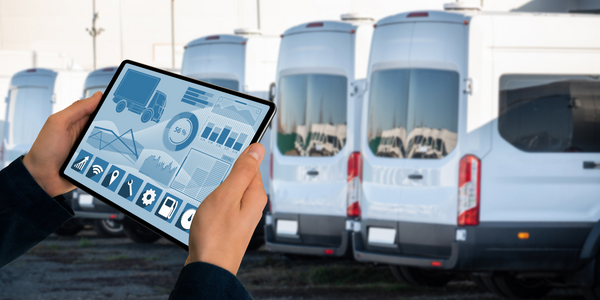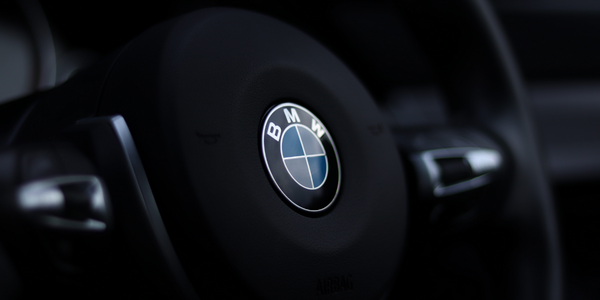Racing Ahead of the Competition and Effectively Working Dynamically in 3D with IronCAD
Customer Company Size
SME
Region
- Europe
Country
- United Kingdom
Product
- IronCAD
Tech Stack
- 3D Modeling
- Finite Element Analysis (FEA)
Implementation Scale
- Enterprise-wide Deployment
Impact Metrics
- Innovation Output
- Productivity Improvements
Technology Category
- Functional Applications - Product Lifecycle Management Systems (PLM)
Applicable Industries
- Automotive
- Specialty Vehicles
Applicable Functions
- Product Research & Development
- Discrete Manufacturing
Use Cases
- Digital Twin
- Manufacturing System Automation
- Predictive Maintenance
Services
- Software Design & Engineering Services
- System Integration
About The Customer
Andy Robinson Race Cars (ARRC) is a company founded by Andy Robinson, a former design engineer at Marconi, who turned his passion for drag racing into a thriving business. Based just outside Basingstoke, ARRC operates from a 4500 sq ft workshop and employs 8 full-time and 3 part-time staff. The company specializes in building chassis and roll cages for the motorsport industry, with a focus on drag race cars. However, they have expanded their offerings to include chassis and cages for historic race cars, rally cars, and even historic Formula 1 cars. ARRC is known for delivering professional-level services to amateur racers and has established a reputation for quality and innovation in the motorsport field. The company also offers a range of off-the-shelf parts for the racing industry, all designed and developed in-house.
The Challenge
Andy Robinson, a former design engineer at Marconi, faced the challenge of transitioning his hobby of drag racing into a professional business. Operating from a small workshop, he needed to establish credibility in the motorsport industry, particularly when branching out into areas beyond drag racing. The challenge was to find a CAD system that was simple enough for his team to use, yet powerful enough to allow for dynamic 3D design and manipulation. The goal was to ensure that designs could be easily altered and evaluated in 3D, enabling effective communication with customers and suppliers. Additionally, Andy needed a solution that would allow him to reverse engineer parts and create 3D models for evaluation, which would help identify weaknesses in existing designs and offer improved solutions to the market.
The Solution
To address the challenges faced by Andy Robinson Race Cars (ARRC), the company adopted IronCAD as their primary CAD tool. IronCAD was chosen for its simplicity and flexibility, allowing the team to work dynamically in 3D and easily manipulate designs. This enabled ARRC to reverse engineer parts, create 3D models for evaluation, and identify weaknesses in existing designs. The use of IronCAD also facilitated the creation of 3D HTML content for their website, enhancing their online presence. Additionally, the integration of a Finite Element Analysis (FEA) application allowed ARRC to check and analyze designs in-house, ensuring high-quality outputs. By leveraging IronCAD, ARRC was able to transform single deals into multiple business opportunities, offering improved and standardized parts to the market. This approach not only enhanced their competitiveness but also allowed them to expand their product offerings and reach a wider audience in the motorsport industry.
Operational Impact
Quantitative Benefit

Case Study missing?
Start adding your own!
Register with your work email and create a new case study profile for your business.
Related Case Studies.

Case Study
Transformation for IoT Business Model in Connected Industrial Vehicles
CNH Industrial wanted to put IoT-enabled viechles onto the market. Whether monitoring a single machine or integrating an entire fleet, operators are able to track the status, speed, and movement of machines and their performance and also receive alerts on issues that may require service by a qualified technician to improve uptime and overall effectiveness of the vehicle.

Case Study
Integral Plant Maintenance
Mercedes-Benz and his partner GAZ chose Siemens to be its maintenance partner at a new engine plant in Yaroslavl, Russia. The new plant offers a capacity to manufacture diesel engines for the Russian market, for locally produced Sprinter Classic. In addition to engines for the local market, the Yaroslavl plant will also produce spare parts. Mercedes-Benz Russia and his partner needed a service partner in order to ensure the operation of these lines in a maintenance partnership arrangement. The challenges included coordinating the entire maintenance management operation, in particular inspections, corrective and predictive maintenance activities, and the optimizing spare parts management. Siemens developed a customized maintenance solution that includes all electronic and mechanical maintenance activities (Integral Plant Maintenance).










